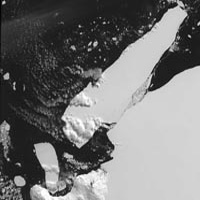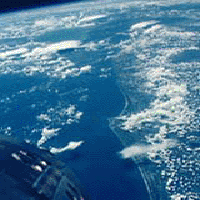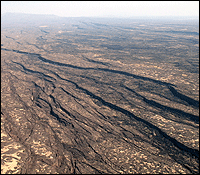Oct 20, 2006 -Mass movements of people across the world are likely to be one of the most dramatic effects of climate change in the coming century, a study suggests. The report, from the aid agency Tearfund, raises the spectre of hundreds of millions of environmental refugees and says the main reason will be the effects of climate - from droughts and water shortages, from flooding and storm surges and from sea-level rise. The study, "Feeling the Heat", says there are already an estimated 25 million environmental refugees, and this figure is likely to soar as rain patterns continue to change, floods and storms become more frequent and rising tides start to inundate low-lying countries such as Bangladesh or some of the Pacific islands. Tearfund says that without urgent action, world governments will lose the fight to tackle the world water crisis and the growing threat of climate-change refugees in catastrophic numbers. |































